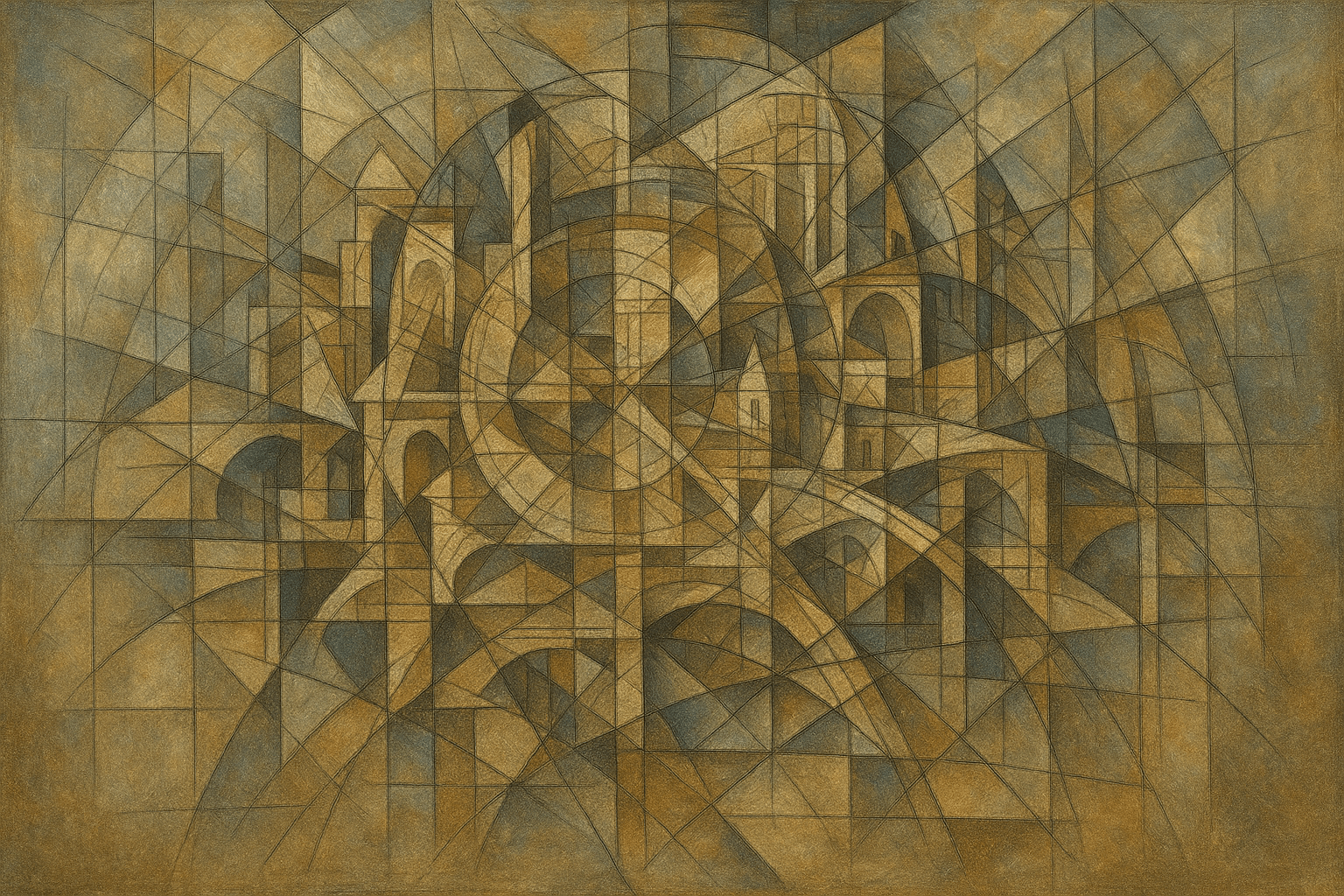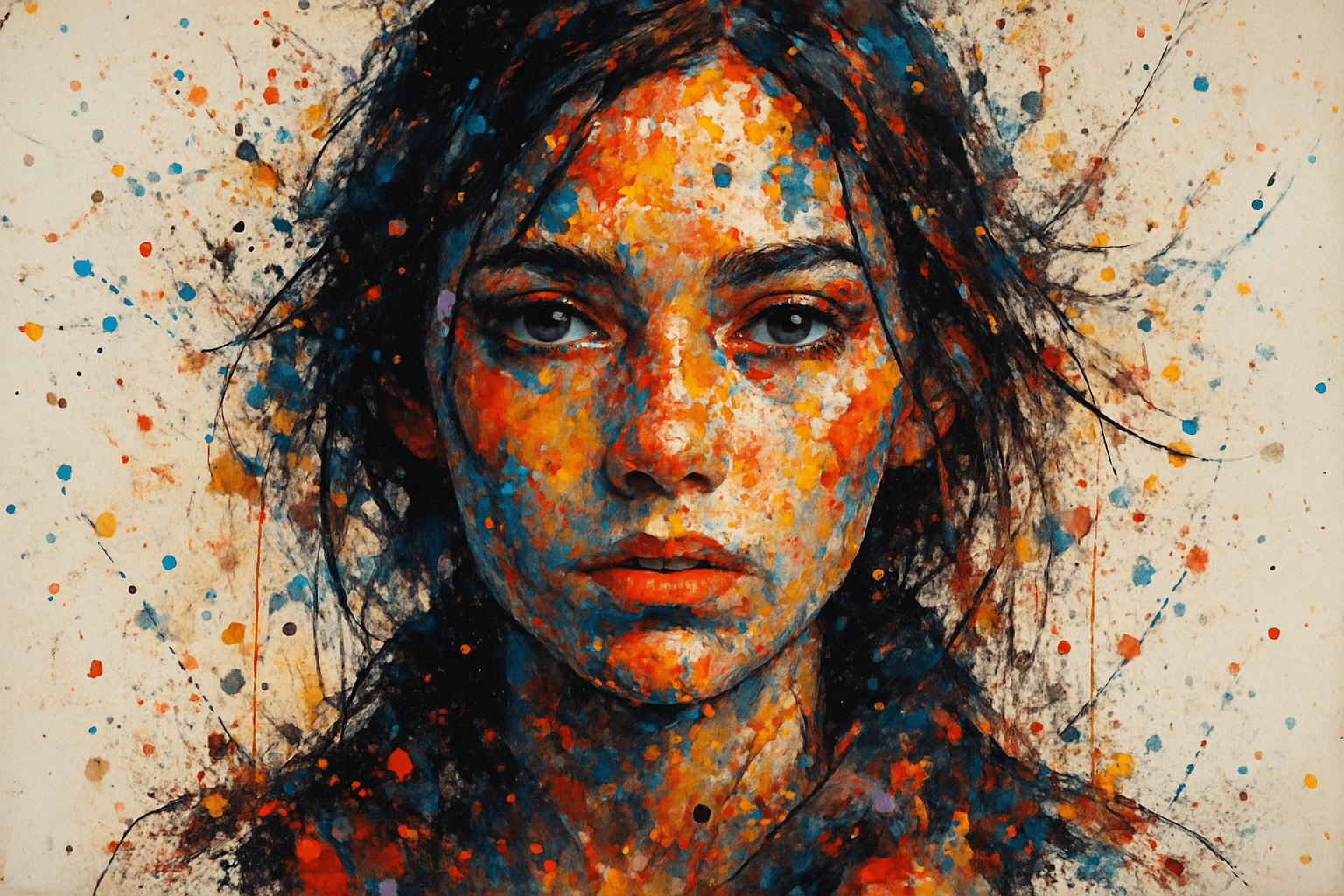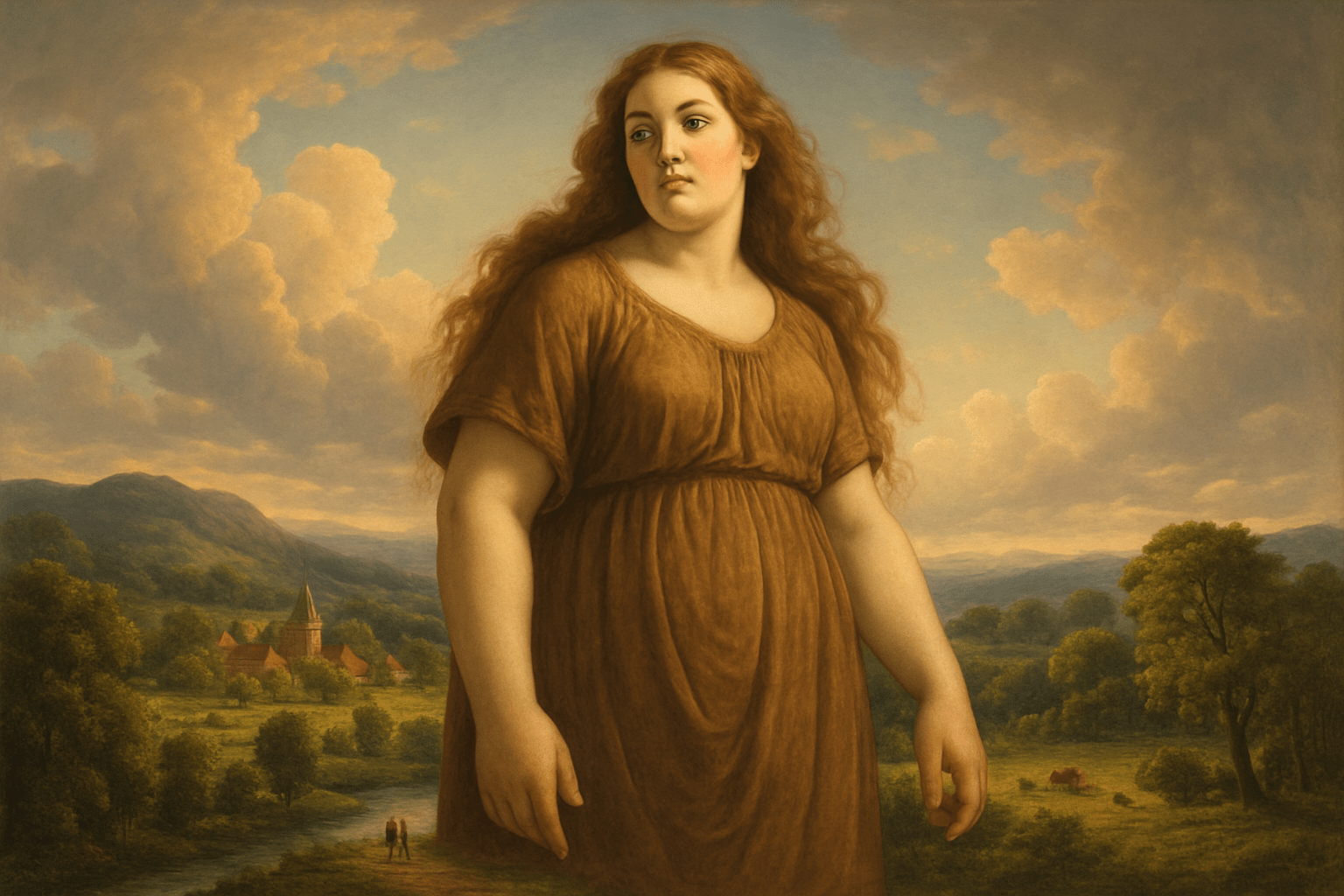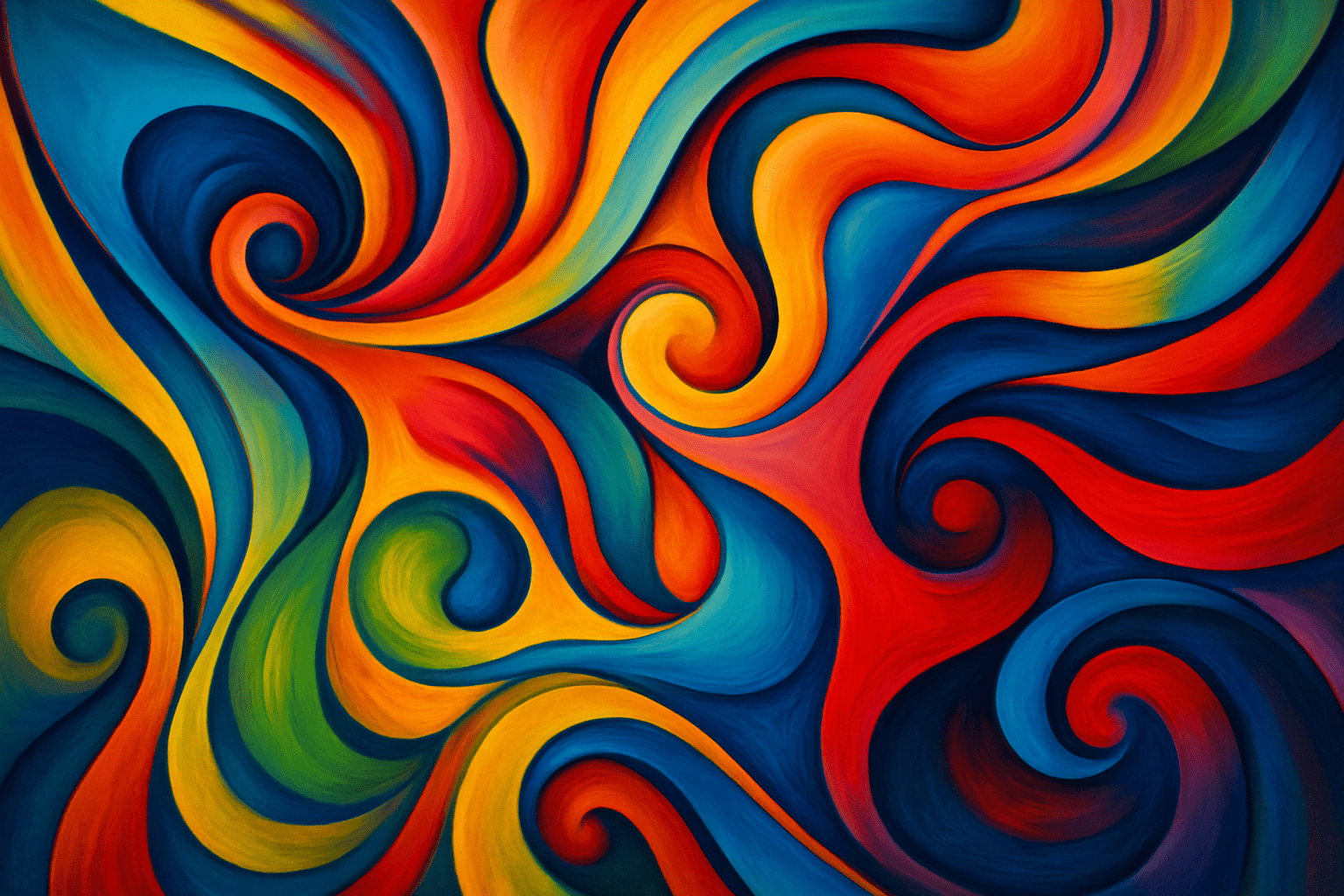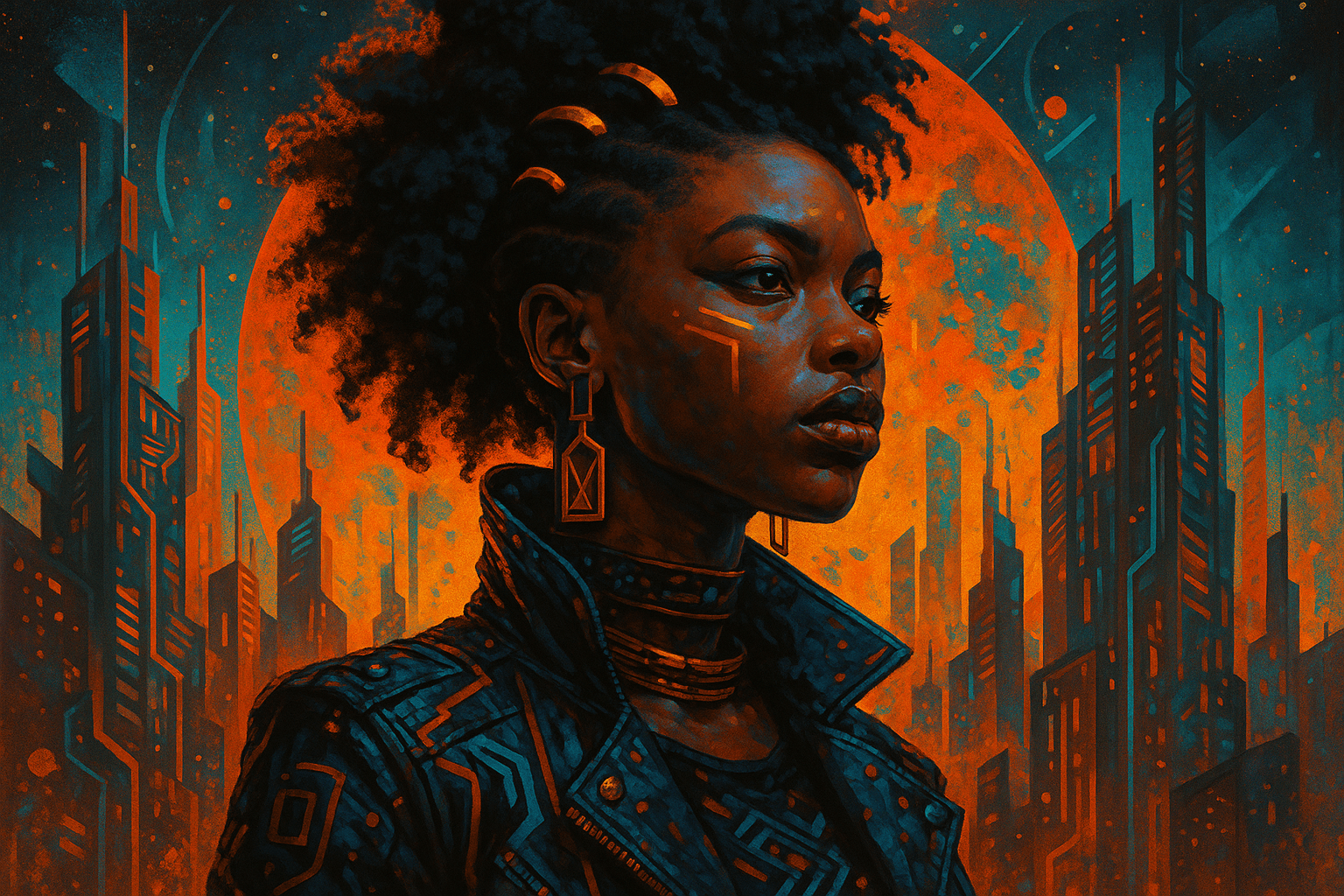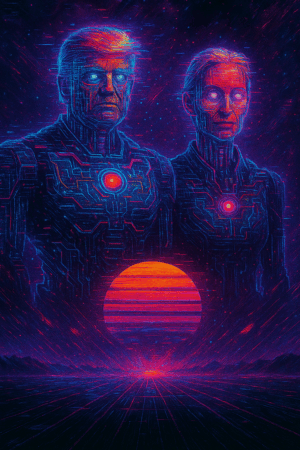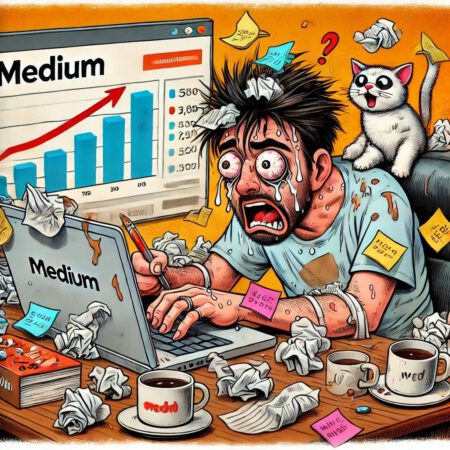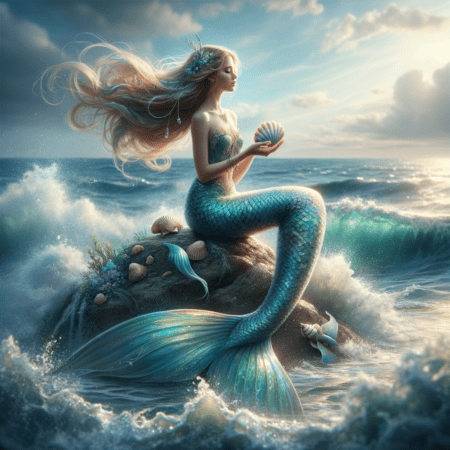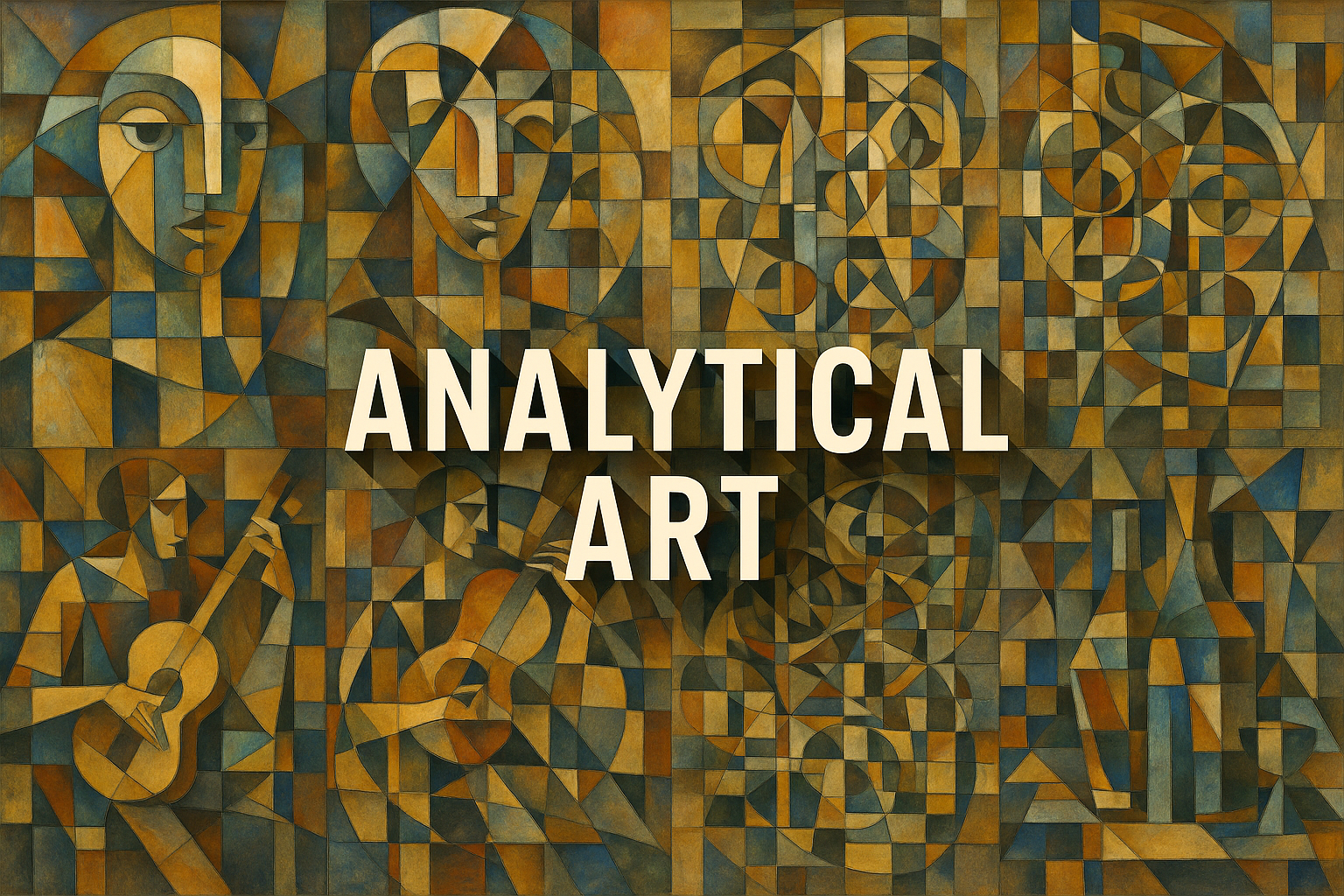
Analytical art
is a type of art that is based on the analysis of the subject matter. This type of art is often characterized by its use of geometric shapes and patterns.
AOI thinking about Analytical art [+_~]-/
Overview and Quickfacts
Analytical art is a term used to describe a type of art that is based on the analysis of the formal elements of the work. This type of art is often associated with the works of the Bauhaus school, as well as the works of artists such as Piet Mondrian and Wassily Kandinsky.
Can understand it also, as:
Analytical art can be described as art that is based on the analysis of form, structure, and composition. Other terms that may be used to describe analytical art include formalist art, geometrical art, and constructivist art.
Categorize it as:
Impressionism, Modernism
.: Dreaming :.
holds a HAIKU for the art style
:. Thought is power .:
Detailed Description
Analytical art is a term used to describe a specific approach to the study of art. It is characterized by a focus on the formal elements of art, such as line, color, shape, and texture. This approach is often used in conjunction with other methods, such as historical or iconographic analysis. Famous artists who have used an analytical approach to their work include Pablo Picasso, Paul CÃÂézanne, and Wassily Kandinsky. One of the most famous paintings that employs an analytical approach is Pablo Picasso’s “Les Demoiselles d’Avignon.” This painting is a good example of how an artist can use the formal elements of art to create a powerful image. The analytical approach to the study of art can be a useful tool for understanding how artists create meaning in their work.
.. beep, beep, beep ..
<START OF TRANSMISSION>
1. Analytical art is a type of art that is based on the analysis of the formal elements of a work. 2. The formal elements of a work include the line, shape, color, texture, and form. 3. Analytical art is often associated with the Bauhaus school of art and design. 4. The Bauhaus school was founded in 1919 and was active until 1933. 5. The Bauhaus school was founded by Walter Gropius. 6. The Bauhaus school was based in Weimar, Germany. 7. The Bauhaus school was closed by the Nazi government in 1933. 8. The Bauhaus school had a major influence on the development of modern art and design. 9. Many famous artists and designers were associated with the Bauhaus school, including Paul Klee, Wassily Kandinsky, LÃÂászlÃÂó Moholy-Nagy, and Josef Albers. 10. The Bauhaus school emphasized the importance of the individual creative process. 11. The Bauhaus school believed that art should be accessible to everyone. 12. The Bauhaus school developed a unique approach to teaching art and design. 13. The Bauhaus school had a strong focus on the relationship between art and technology. 14. The Bauhaus school was known for its experimental and innovative approach to art and design. 15. The Bauhaus school was an important influence on the development of the International Style of architecture. 16. The Bauhaus school had a significant impact on the graphic design industry. 17. The Bauhaus school was an important influence on the development of modern art movements such as Abstract Expressionism and Minimalism. 18. Many of the principles of Analytical art are still used by artists and designers today. 19. Analytical art is a type of art that is based on the careful analysis of the formal elements of a work. 20. The formal elements of a work include the line, shape, color, texture, and form.
<EOF>
.. robbel bob
Visual Examples from our image gallery
Coming soon, we are so slow .. might never come
Artists, Paintings, and more
(be aware, can be highly speculative)
Artists (be aware, speculation possible):
1. Adolph Gottlieb (03/14/1903 – 05/03/1974) 2. Barnett Newman (01/29/1905 – 07/04/1970) 3. Clyfford Still (11/30/1904 – 06/23/1980) 4. Mark Rothko (09/25/1903 – 02/25/1970) 5. Jackson Pollock (01/28/1912 – 08/11/1956) 6. Willem de Kooning (04/24/1904 – 03/19/1997) 7. Franz Kline (05/23/1910 – 05/08/1962) 8. Robert Motherwell (01/24/1915 – 01/01/1991) 9. Barnett Newman (01/29/1905 – 07/04/1970) 10. Clyfford Still (11/30/1904 – 06/23/1980) 11. Mark Rothko (09/25/1903 – 02/25/1970) 12. Jackson Pollock (01/28/1912 – 08/11/1956) 13. Willem de Kooning (04/24/1904 – 03/19/1997) 14. Franz Kline (05/23/1910 – 05/08/1962) 15. Robert Motherwell (01/24/1915 – 01/01/1991) 16. Adolph Gottlieb (03/14/1903 – 05/03/1974) 17. Barnett Newman (01/29/1905 – 07/04/1970) 18. Clyfford Still (11/30/1904 – 06/23/1980) 19. Mark Rothko (09/25/1903 – 02/25/1970) 20. Jackson Pollock (01/28/1912 – 08/11/1956) 21. Willem de Kooning (04/24/1904 – 03/19/1997) 22. Franz Kline (05/23/1910 – 05/08/1962) 23. Robert Motherwell (01/24/1915 – 01/01/1991) 24. Adolph Gottlieb (03/14/1903 – 05/03/1974) 25. Barnett Newman (01/29/1905 – 07/04/1970) 26. Clyfford Still (11/30/1904 – 06/23/1980) 27. Mark Rothko (09/25/1903 – 02/25/1970) 28. Jackson Pollock (01/28/1912 – 08/11/1956) 29. Willem de Kooning (04/24/1904 – 03/19/1997) 30. Franz Kline (05/23/1910 – 05/08/1962)
Artworks (be aware, speculation possible)
1. The Hay Wagon, by American painter Andrew Wyeth (1937) 2. Christina’s World, by American painter Andrew Wyeth (1948) 3. The Charnel House, by American painter Andrew Wyeth (1945) 4. Winterthur, by American painter Andrew Wyeth (1962) 5. The Helga Pictures, by American painter Andrew Wyeth (1985-1986) 6. The Sleep of Reason Produces Monsters, by Spanish painter Francisco Goya (1799) 7. Saturn Devouring His Son, by Spanish painter Francisco Goya (1819-1823) 8. The Third of May 1808, by Spanish painter Francisco Goya (1814) 9. The Colossus, by Spanish painter Francisco Goya (1808-1812) 10. The Witches’ Sabbath, by Spanish painter Francisco Goya (1797-1798) 11. The Great Wave off Kanagawa, by Japanese painter Katsushika Hokusai (1829-1833) 12. Mount Fuji from the Sea, by Japanese painter Katsushika Hokusai (1830) 13. The Dream of the Fisherman’s Wife, by Japanese painter Katsushika Hokusai (1814) 14. The Starry Night, by Dutch painter Vincent van Gogh (1889) 15. CafÃÂé Terrace at Night, by Dutch painter Vincent van Gogh (1888) 16. Sunflowers, by Dutch painter Vincent van Gogh (1888) 17. The Potato Eaters, by Dutch painter Vincent van Gogh (1885) 18. Wheat Field with Cypresses, by Dutch painter Vincent van Gogh (1889) 19. The Sower, by Dutch painter Vincent van Gogh (1888) 20. The Haystacks, by French painter Claude Monet (1890-1891) 21. The Poplars, by French painter Claude Monet (1891) 22. The Water Lilies, by French painter Claude Monet (1899) 23. The Rouen Cathedral, by French painter Claude Monet (1894) 24. The Gare Saint-Lazare, by French painter Claude Monet (1877) 25. The Houses of Parliament, by French painter Claude Monet (1904) 26. The Scream, by Norwegian painter Edvard Munch (1893) 27. The Madonna, by Norwegian painter Edvard Munch (1895) 28. The Sick Child, by Norwegian painter Edvard Munch (1896) 29. Puberty, by Norwegian painter Edvard Munch (1894-1895) 30. Anxiety, by Norwegian painter Edvard Munch (1894)
Epoch
The Analytical art style emerged in the early 20th century and continued to be popular throughout the mid-20th century.
AI ART RESSOURCES (AKA, well Tools)
Helping tools -> predefined search links on other pages:
